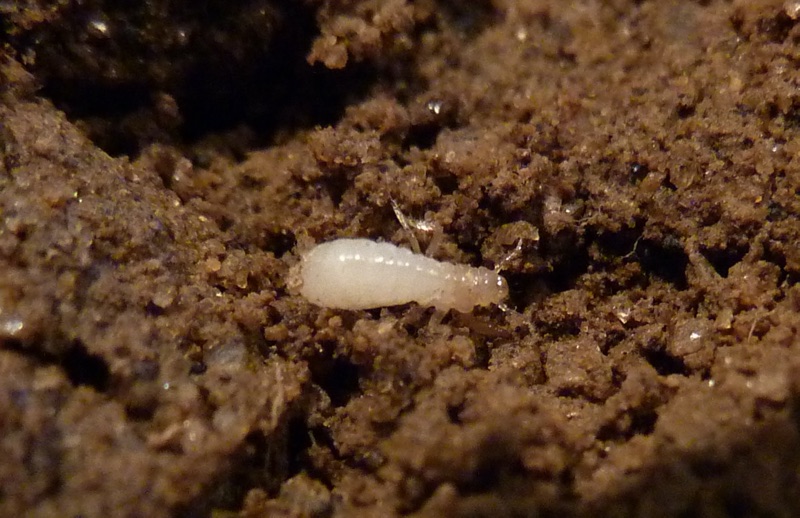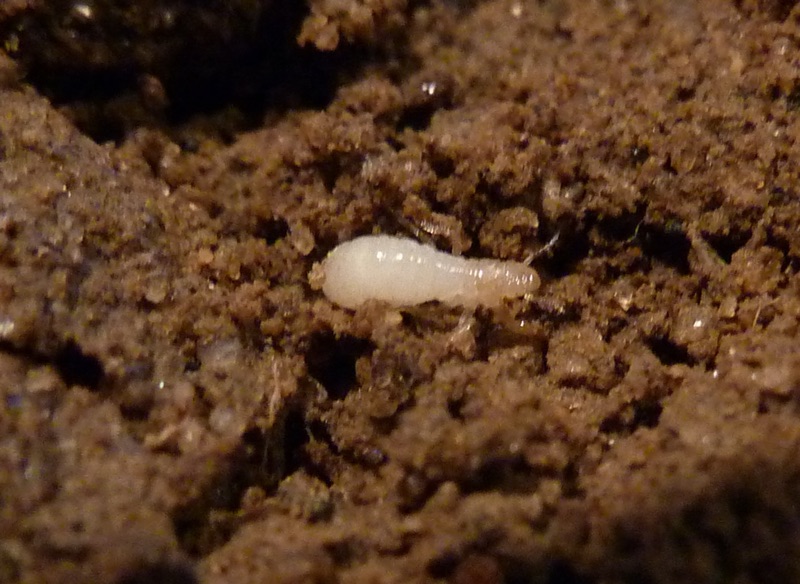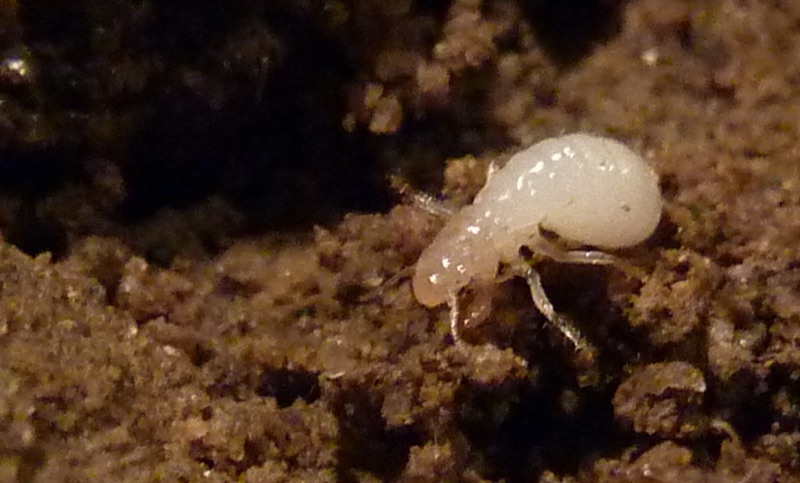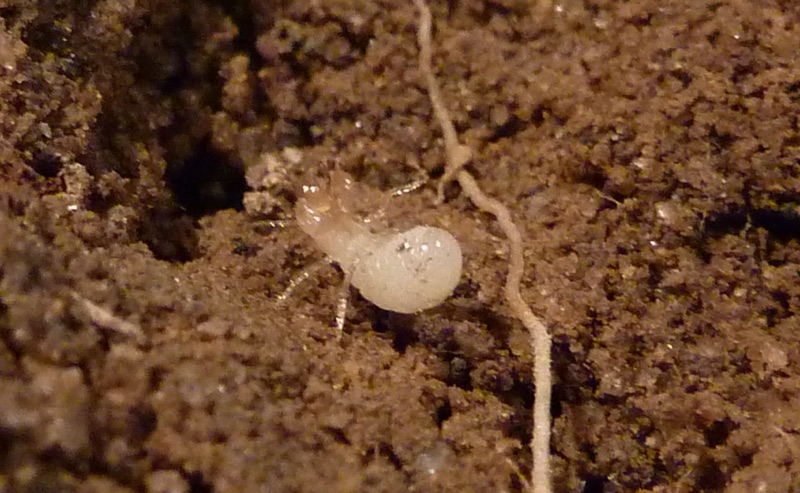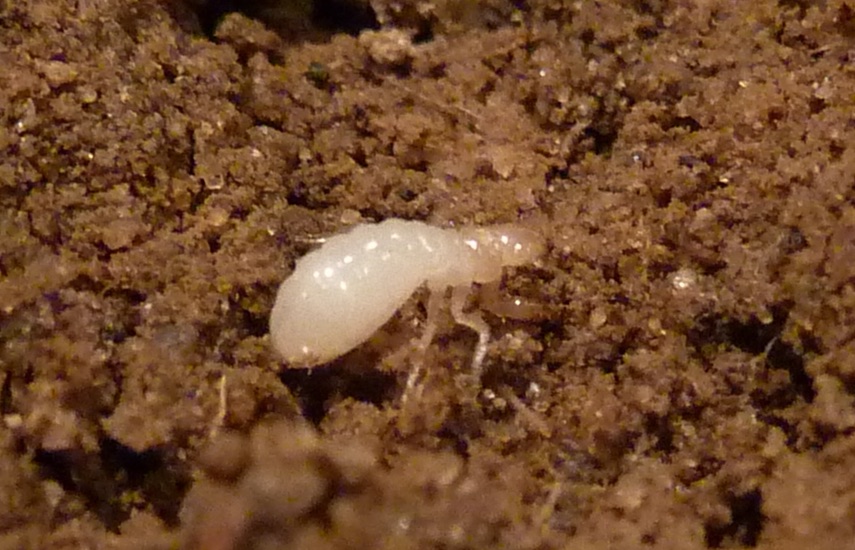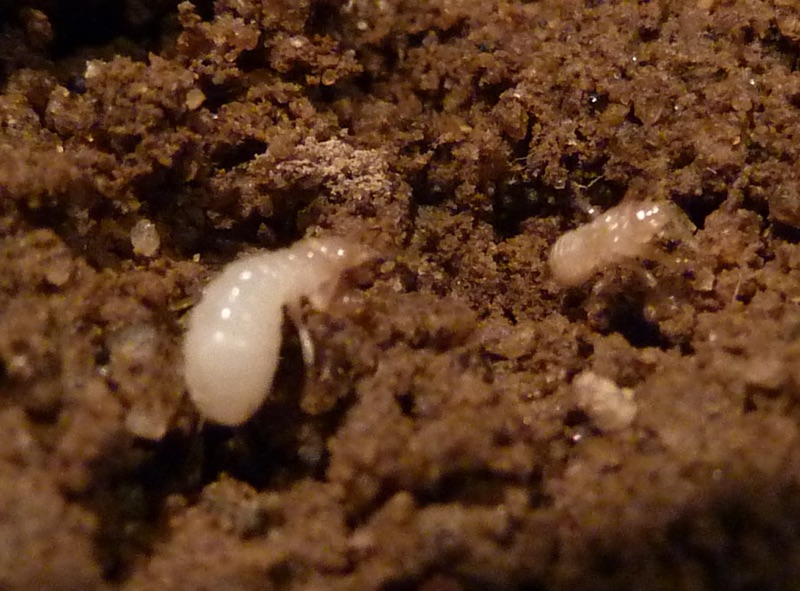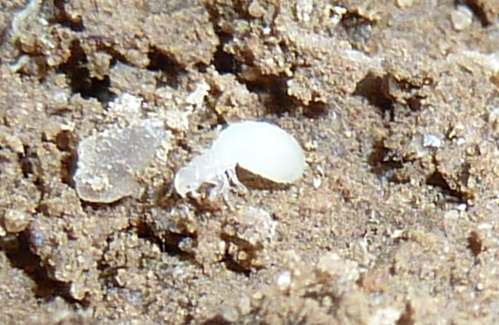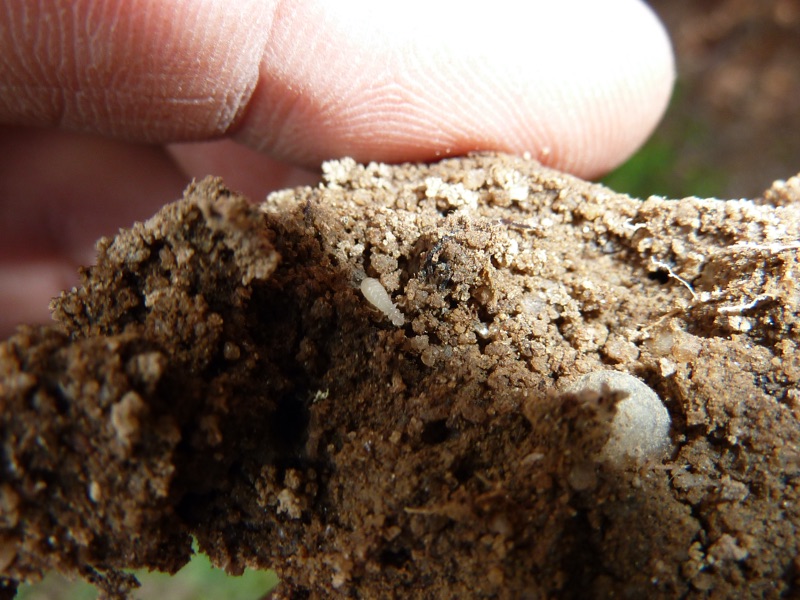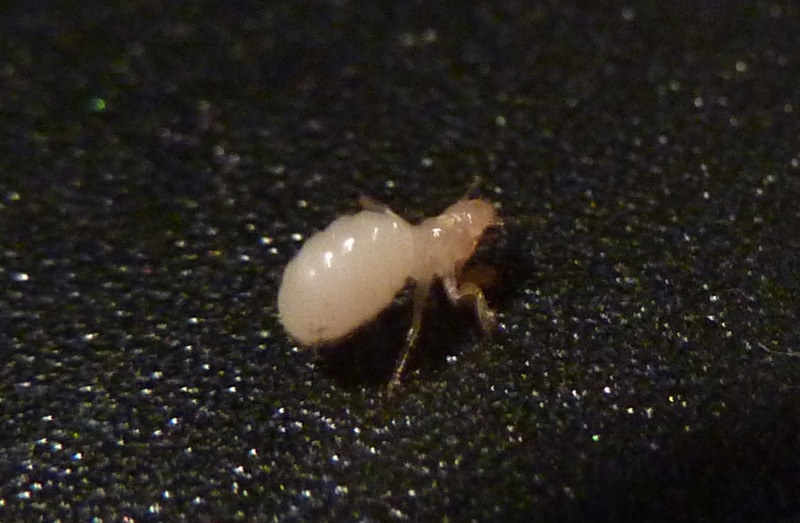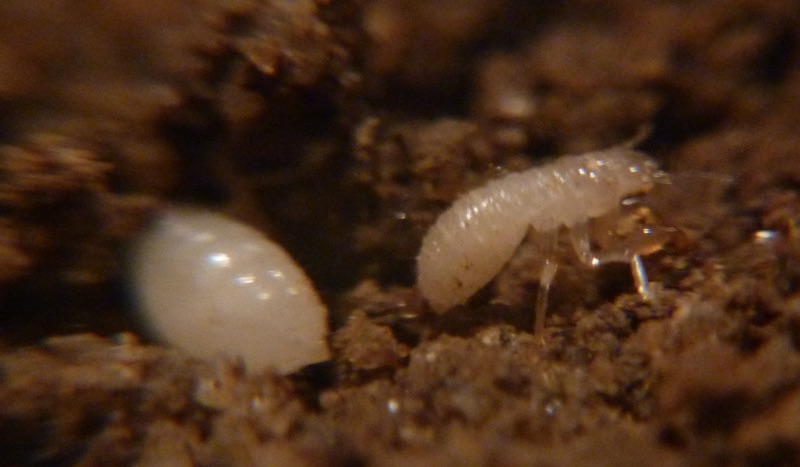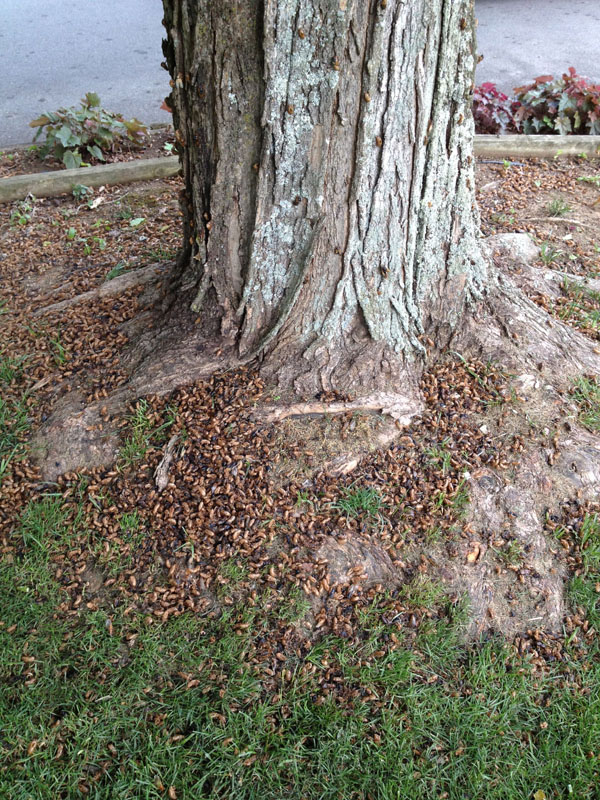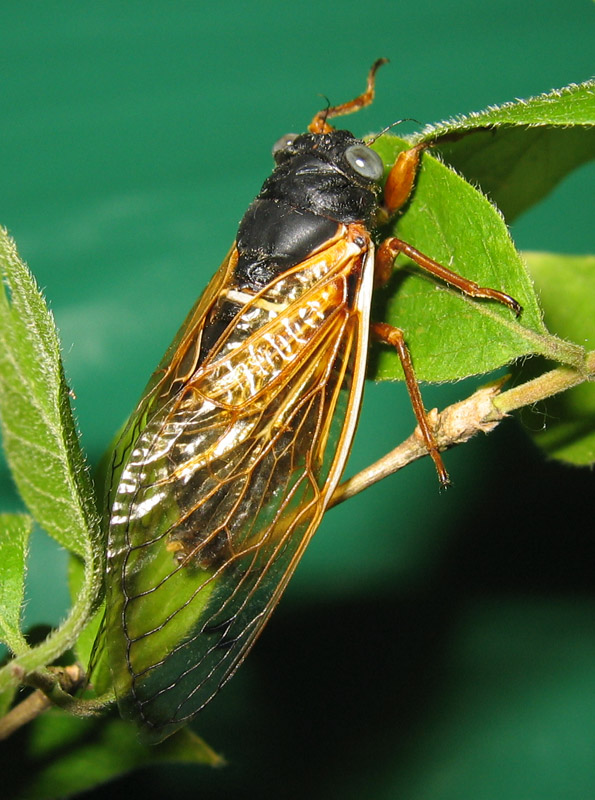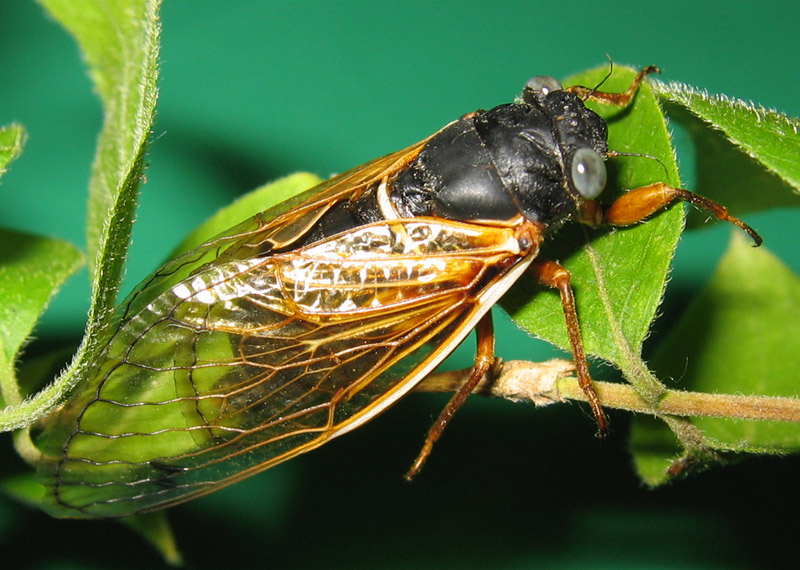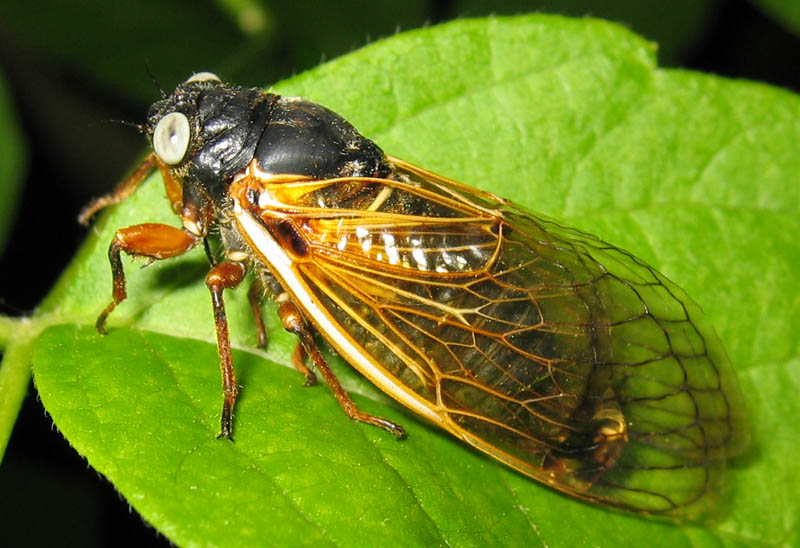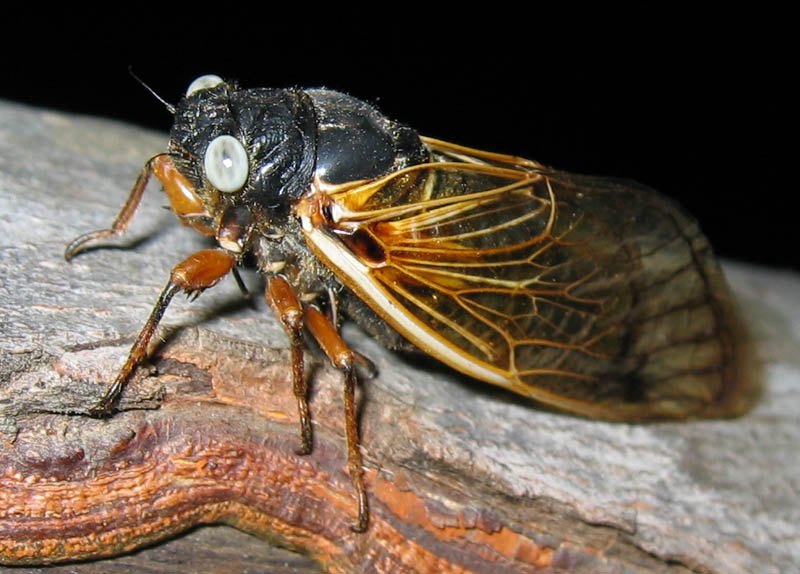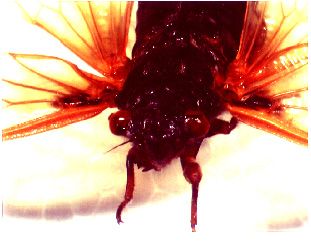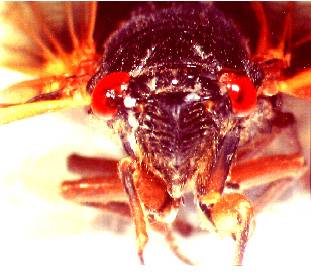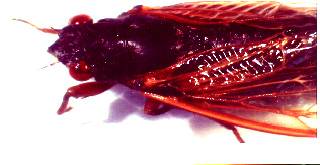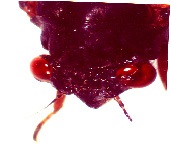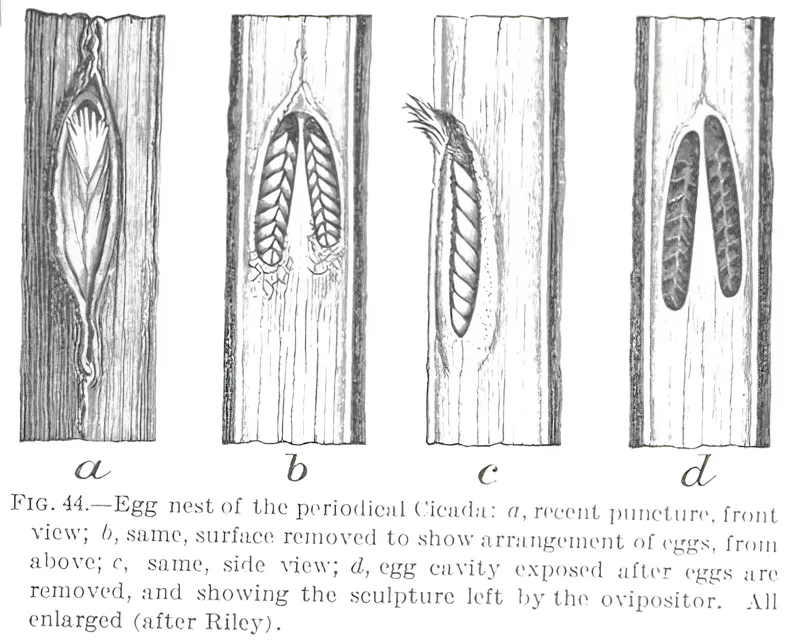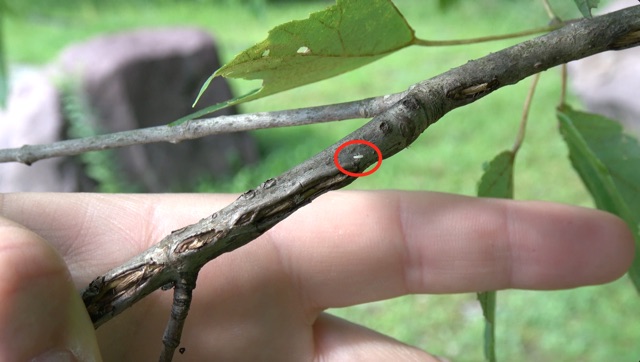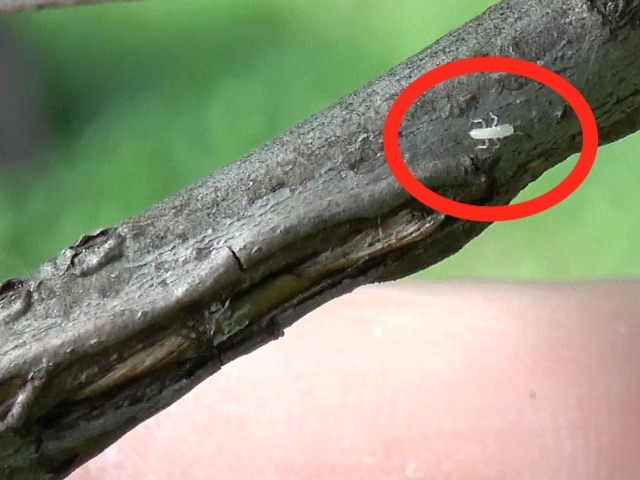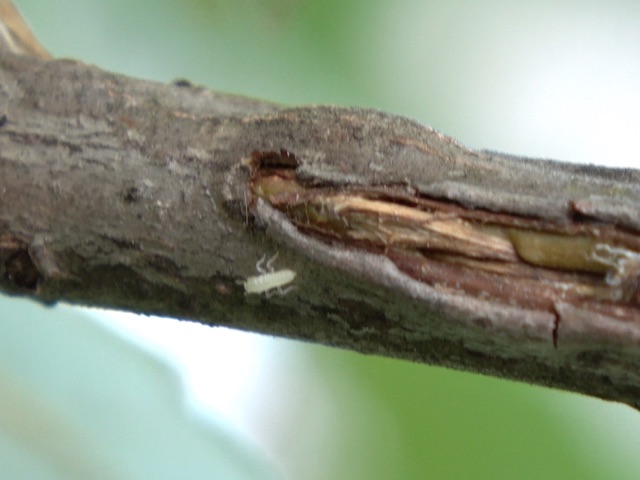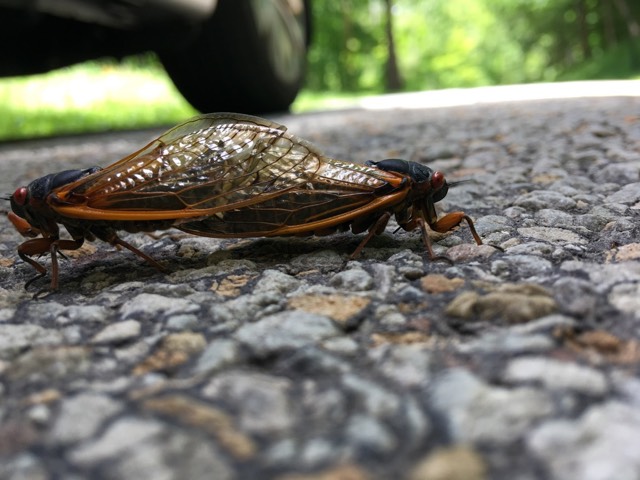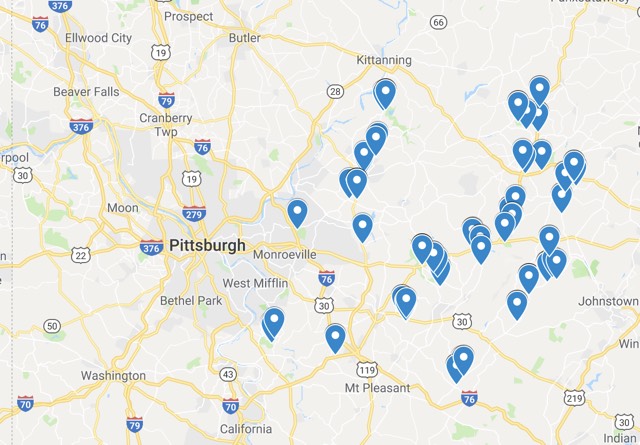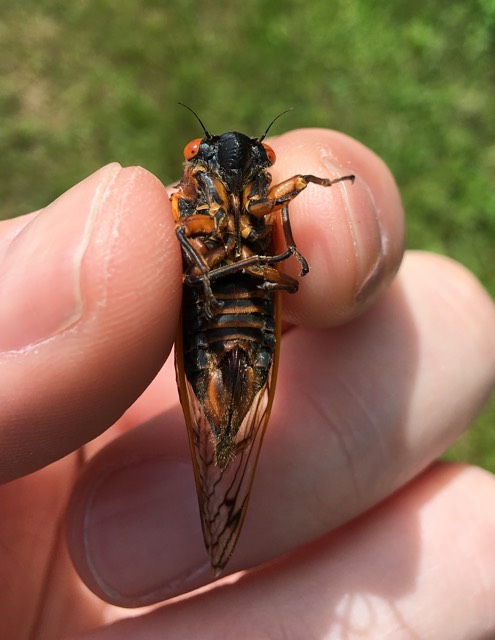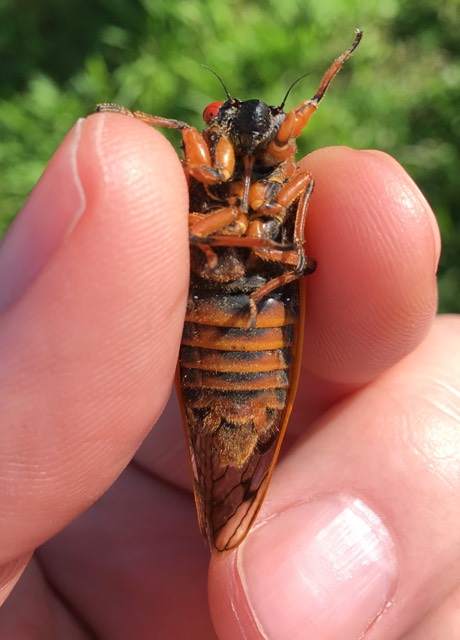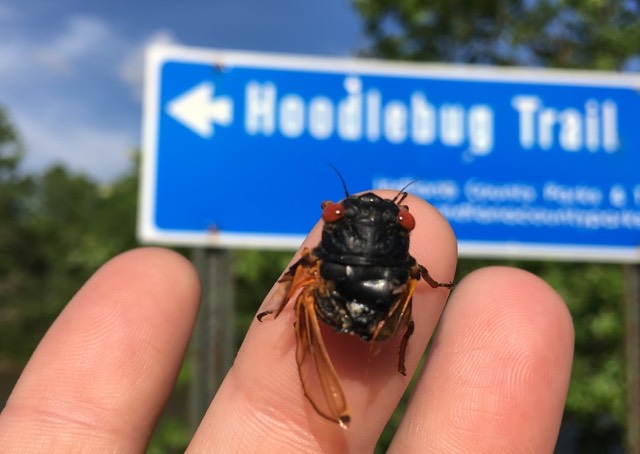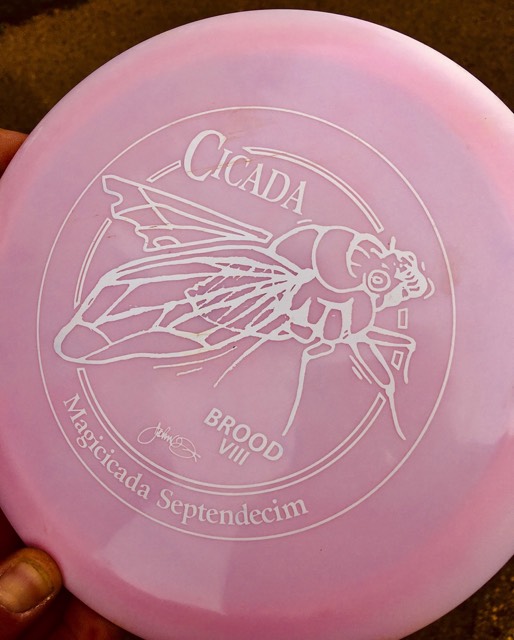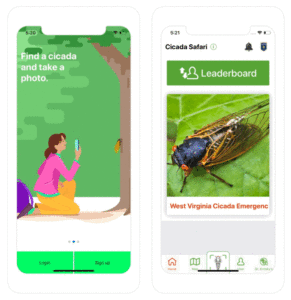Some guides for identifying Neotibicen & Megatibicen, a common genus of cicadas in North America:
Diceroprocta apache
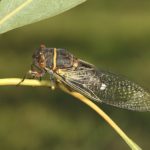
Common Name: Citrus Cicada
Locations: AZ, CA, CO, NV, UT
When: June-September. Peaks in July.
|
Diceroprocta olympusa>
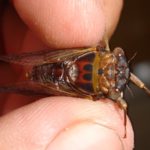
Common Name: Olympic Scrub Cicada
Locations: AL, FL, GA, MS, NC, SC
When: June-August. Peaks in August.
|
Neocicada hieroglyphica
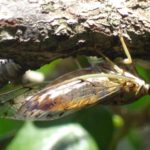
Common Name: Hieroglyphic Cicada
Locations: AL, AR, DE, FL, GA, IL, IN, KS, KY, LA, MD, MS, MO, NJ, NY, NC, OH, OK, SC, TN, TX, VA
When: May-August. Peaks in June.
|
Okanagana bella
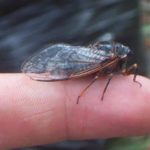
Common Name: Mountain Cicada
Locations: AB, AZ, BC, CA, CO, ID, MT, NV, NM, OR, SD, UT, WA, WY
When: June-July. Peaks in June.
|
Okanagana rimosa
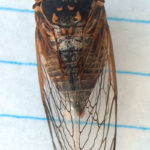
Common Name: Say’s Cicada
Locations: AB, BC, CA, CT, ID, IL, IN, IA, ME, MB, MD, MA, MI, MN, MT, NV, NB, NH, NJ, NY, ND, OH, ON, OR, PA, QC, SD, UT, VT, VA, WA, WI, WY
When: May-July. Peak in June.
|
Neotibicen superbus
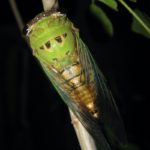
Common Name: Superb Dog-Day Cicada
Locations: AR, KS, LA, MO, NM, OK, TX
When: June-August. Peak in July.
|
Neotibicen dorsatus
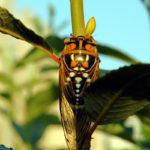
Common Name: Bush Cicada or Grand Western or Giant Grassland Cicada
Locations: AR, CO, ID, IL, IA, KS, MO, MT, NE, NM, OK, SD, TX, WY
When: July-September. Peaks in August.
|
Cicadettana calliope
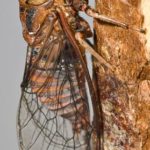
Common Name: Southern Grass Cicada
Locations: AL, AR, CO, FL, GA, IL, IN, IA, KS, KY, LA, MD, MS, MO, NE, NC, OH, OK, SC, SD, TN, TX, VA
When: May-August, peaking in July.
|
Neotibicen pruinosus
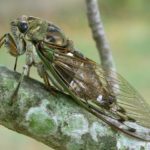
Common Name: Scissor(s) Grinder
Locations: AL, AR, CO, IL, IN, IA, KS, KY, LA, MI, MN, MS, MO, NE, NC, OH, OK, PA, SC, SD, TN, TX, WV, WI
When: June-October. Peak in August.
|
